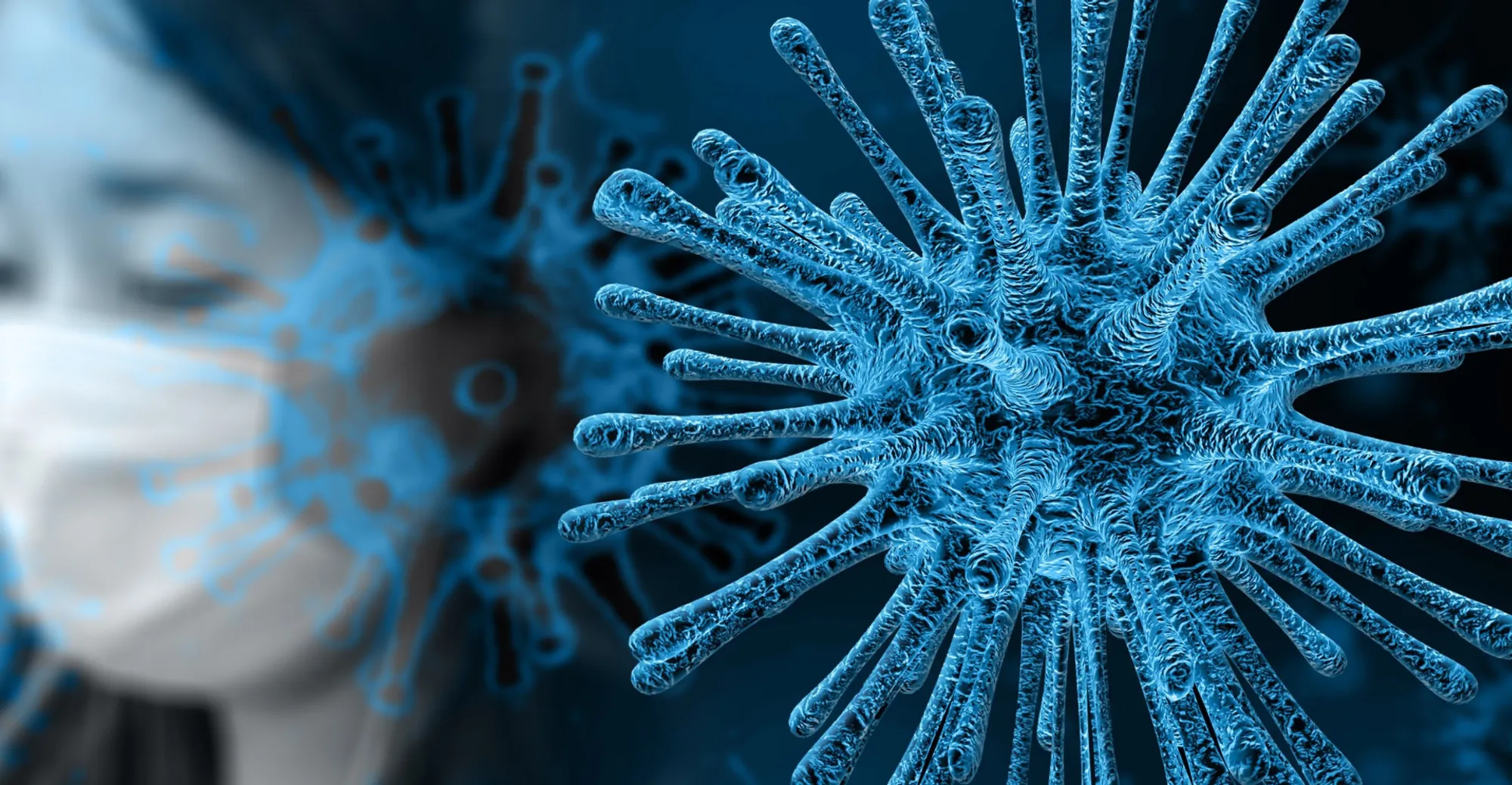
The role of HVAC in the COVID-19 outbreak
The role of HVAC in the COVID-19 outbreak
– by Mark van Tamelen, 09/03/20
► Due to the ever-changing information about the disease, this blog has been updated. Whenever new evidence and insights are available this article will be complemented.
On 25 January, an 80-year-old passenger disembarked from the cruise vessel Diamond Princess in Japan. Five days later, he tested positive for coronavirus.
This triggered a quarantine protocol on board the cruise vessel, with everyone confined to quarters for at least 14 days.
But that didn’t stop the virus.
After two days, 41 people tested positive.
And soon it was another 66.
More cases were detected every day, until 705 passengers were affected.
Can the coronavirus spread through an air-conditioning system?
If people are forced to stay inside their cabins, how could over 700 passengers be infected?
Well, imagine all those people locked in their cabin, deck after deck. A few of them have a virus. Every cabin is supplied with fresh but treated outside air, which is treated again by the local fan-coil unit, and then pumped outside the cabin.
What happens if a cabin is occupied by a sick passenger?
Airborne viruses can be taken away with the exhaust air. Most large cruise vessels have air handling units with heat recovery wheels which transfer heat from the exhaust air to the incoming outside air in order to save energy. The fresh outside air does not come into contact with the air leaving the vessel.
However, the wheel itself rotates, so there is a possibility that viruses from the exhaust air stick to the wheel and eventually enter the fresh air current.
Stopping the heat recovery wheel would separate the incoming and exhaust air flows – but it would also reduce the air handling unit’s energy efficiency, causing energy losses up to 70%.
►Update 27-03
Information about the heat recovery wheel changed to consider the leakage and pressure difference between the exhaust and supply side. Evidence suggests that rotors with an adequate purge sector do not transfer particles, but the transfer is limited to gaseous pollutants. Because the leakage does not depend on the rotation speed, it is not needed to switch rotors off. If needed, the pressure differences can be corrected by dampers or by other arrangements.1
What about filters?
All air handling units are equipped with EU4 pleated filters at minimum. When a heat recovery wheel is installed, there is even a secondary, finer filter, the main purpose of which is to remove dust, sand, salt and other coarse particles from the air.
But viruses are much smaller than that. To filter out such minuscule particles you would need a special clean room filter box.
The more efficient a filter, the more resistance it provides. This has the same effect as holding your hand on a vacuum cleaner – with the energy costs to match.
Disabling viruses with light and humidity
Is there a way to stop viruses from spreading? Yes, there is! Special UV light filters emit short wavelengths which are harmful to microorganisms, breaking their molecular bonds and eventually killing or disabling them. It has not been proven yet that UV light technology kills COVID-19.
Of course, not every vessel is equipped with a fancy UV filtering system. Thankfully, there is another efficient way to neutralise viruses: keeping the relative humidity at 40% or above.
Moisture in the air captures viruses and prevents them from spreading through the cruise vessel. Furthermore, it is far more difficult for viruses to survive in moist environments. At the same time, keeping humidity between 40 and 60% boosts the resilience of human hosts.
►Update 27-03
SARS-CoV-2 stability (viability) has been tested at typical indoor temperature of 21-230C and RH of 65% with very high virus stability at this RH. Together with previous evidence on MERS-CoV, it is well documented that humidification up to 65% may have very limited or no effect on the stability of the SARS-CoV-2 virus. Thus, the evidence does not support that moderate humidity (RH 40-60%) will be beneficial in reducing the viability of SARS-CoV-2, thus the humidification is NOT a method to reduce the transmission and spread of SARS-CoV-2.1
Conclusion
It is possible for a HVAC system to spread some airborne viruses through a vessel. After all, it doesn’t have the same capacity as a medical clean room or a nuclear submarine. Air conditioning systems on cruise vessels are designed to provide comfort for inhabitants without using too much energy. It’s a balancing act.
Even so, the risk of viruses spreading through the HVAC system is still very small. The chance of getting infected by someone who sneezes or coughs is much more likely. Moist droplets containing viruses that land on polished surfaces can survive up to 48 hours. Inside a cold and humid duct system, they are quickly killed or disabled.
If you’d like to read more about how HVAC can prevent you from getting sick, click the link for an article written by Jaco Heinen. And if you have any other questions, don’t hesitate to ask.
Source
1 Federation of European Heating, Ventilation and Air Conditioning Associations, https://www.rehva.eu/activities/covid-19-guidance
Mark van Tamelen | Senior project engineer
Mark van Tamelen joined Heinen & Hopman in 2000. He started as a drafter in the Dutch yacht division and expanded his field of operation over the years to the export department. He now takes care of specific unique projects with enthusiasm and devotion, key characteristics for which all H&H’s employees are known.